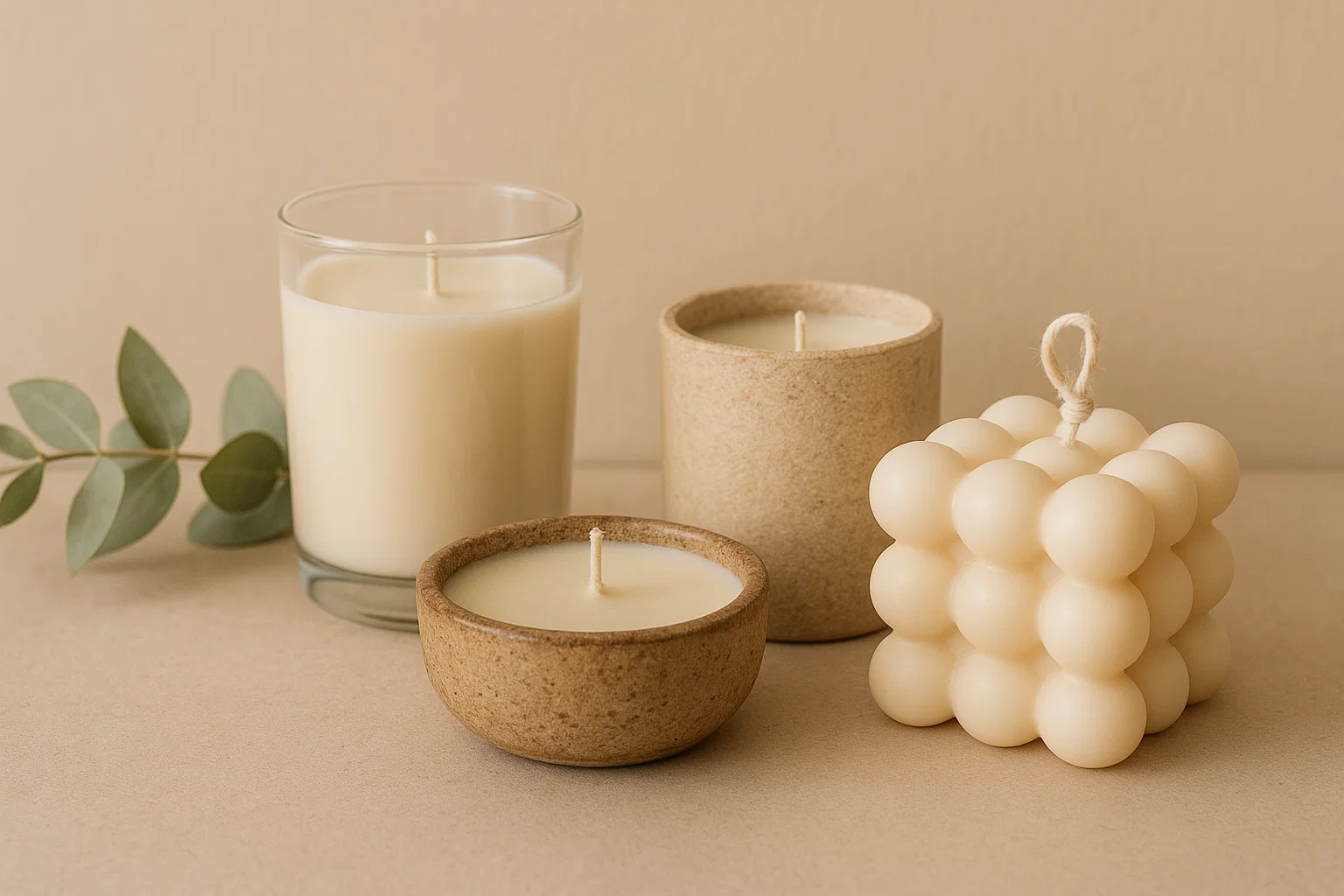Brighten Your Home, Lighten Your Footprint: Smart Lighting for Sustainable Homes

The way we illuminate our homes has a significant impact on both our energy consumption and the overall ambiance of our living spaces. Traditional lighting solutions, particularly outdated incandescent bulbs, are notorious for their energy inefficiency, converting a large portion of the electricity they consume into heat rather than light. This not only leads to higher energy bills but also contributes to a larger carbon footprint. Embracing a philosophy of mindful sustainability extends to how we light our homes, prompting us to explore smarter and more energy-efficient alternatives that are better for the environment and can even enhance our mood and well-being.
The inefficiency of energy-draining lighting, such as incandescent bulbs, is a well-documented environmental concern. These bulbs waste a substantial amount of energy, contributing unnecessarily to the demand for electricity, often generated from fossil fuels. Their relatively short lifespan also leads to frequent replacements and increased waste. Recognizing these drawbacks, many individuals are seeking more sustainable and cost-effective ways to illuminate their homes.
Fortunately, a range of readily available and increasingly affordable alternatives offer significant improvements in energy efficiency and longevity. By maximizing natural lighting, switching to LED bulbs, and implementing motion sensor lights, we can brighten our homes effectively while drastically reducing our energy consumption and minimizing our environmental impact. These smart lighting solutions not only save energy and money but can also contribute to a more comfortable and convenient living environment.
Illuminating a Sustainable Path: Exploring Smart Lighting Alternatives
Moving beyond outdated and energy-draining lighting opens up a world of more efficient and environmentally conscious options:
Natural Lighting: Harnessing the Power of the Sun
The most sustainable and often most mood-boosting form of lighting is natural light. Maximizing the use of daylight in our homes can significantly reduce our reliance on artificial lighting during the day. Simple strategies like opening curtains and blinds, arranging furniture to optimize light flow, and using mirrors to reflect daylight deeper into rooms can make a substantial difference. Designing living spaces with larger windows and skylights can further enhance natural illumination. By consciously harnessing the power of the sun, we can reduce our energy consumption and create brighter, more inviting interiors.
LED Bulbs: The Energy-Efficient Revolution
LED (Light Emitting Diode) bulbs represent a revolutionary advancement in energy-efficient lighting. Compared to traditional incandescent bulbs, LEDs consume significantly less energy – often up to 75% less – while providing the same or even greater light output. They also have an exceptionally long lifespan, lasting for thousands of hours, which drastically reduces the frequency of replacements and minimizes waste. While the initial cost of LED bulbs may be slightly higher, their energy savings and longevity make them a far more cost-effective and environmentally friendly choice in the long run. Brands like Philips Hue LED and GE Lighting LED offer a wide range of LED bulbs in various colors, brightness levels, and smart features, allowing for customized and efficient home lighting.
Motion Sensor Lights: Illuminating Only When Needed
Motion sensor lights offer a smart and effective way to conserve energy by illuminating spaces only when they are occupied. These lights are particularly useful in areas where light is not needed continuously, such as hallways, closets, outdoor pathways, and garages. By automatically turning on when motion is detected and off after a period of inactivity, motion sensor lights prevent unnecessary energy waste. They also enhance security by illuminating areas when someone approaches. Motion sensor technology is available in various types of light fixtures and can be easily integrated into existing lighting systems.
Embracing a Brighter, Greener Home: Implementing Smart Lighting Strategies
Adopting smart lighting for a sustainable home involves a combination of conscious habits and technological upgrades:
- Replace Incandescent Bulbs: Gradually replace outdated incandescent bulbs with energy-efficient LEDs throughout your home.
- Maximize Daylight: Arrange your living spaces to take full advantage of natural light.
- Install Motion Sensors: Utilize motion sensor lights in areas where light is only needed intermittently.
- Use Dimmers: Install dimmer switches to control light intensity and reduce energy consumption.
- Turn Off Lights: Make a conscious effort to turn off lights when leaving a room.
- Consider Smart Lighting Systems: Explore smart lighting systems that allow for automated schedules and energy monitoring.
By consciously choosing energy-efficient lighting alternatives and adopting mindful habits, we can brighten our homes while significantly reducing our energy consumption and contributing to a more sustainable future.
Related Blogs

Ignite Change: Embracing 30-Day Challenges for a More Sustainable Lifestyle
Insights on 30-day challenges for a more sustainable lifestyle in a sustainable way.

Breaking Free from the Urge: Cultivating Mindful Consumption to Conquer Impulse Purchases
Reduce unnecessary spending and clutter with shopping lists, the 24-hour rule, and minimalist budgeting.

Illuminate Responsibly: Choosing Cleaner Alternatives to Regular Candles
Opt for soy tealights, rechargeable LEDs, or beeswax pillars to avoid paraffin and plastic.

Curate Your Closet, Cultivate Clarity: Embracing a Minimalist Wardrobe for Mindful Living
Declutter your closet with seasonal rotation, capsule wardrobes, and regular donation cycles.

Unplug to Uplift: Where Digital Minimalism Nurtures Environmentalism
Insights on digital minimalism meets environmentalism in a sustainable way.

Unwrapping a Greener Future: Creative Alternatives to Traditional Gift Wrapping
Reduce single-use waste with cloth wraps, newspaper, and recycled kraft paper for gifts.
Stay in the Loop
Get tips and insights tailored to your interests — no spam, just sustainability.